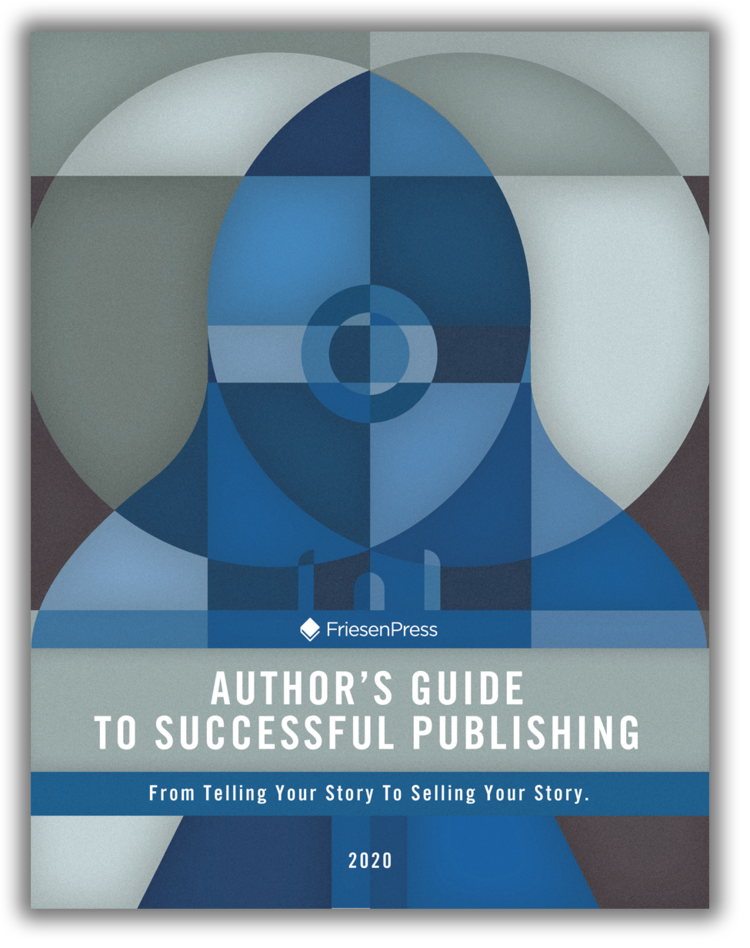4 Ways to Perfectly Preface Your Book
/Have you written a biography of a figure you admire? A swashbuckling historical romance with a powerful female protagonist? Perhaps you feel your subject matter needs a dash of excitement (Algebra Equations for Everyday Living, anyone?), or maybe the content of your nonfiction is strong, but could do with a bit more authority?
Fear not!
In our Literary Devices Series, we delve into the wonderful world of writing techniques to bring you some of the tools that have helped fashion the world’s most beloved works of literature.
In this, our first instalment, we start by looking at your book’s beginnings. In our fast-paced lives, our time is valuable. There are an infinite number of incredible things we can be doing—or reading—at any moment. An excellent preface or introduction can be a powerful tool to draw readers into your world—and convince them to stay. Whether a fiction or non-fiction author, here are 4 devices that will help you do just that:
Professional editing reduces distractions that diminish your book's readability, such as convoluted content structure, incorrect grammar, and persistent typos. From developmental editing to proofreading, our vetted editing team will match you with the editorial services you need to create the best book possible.
1. Foreword
What: Written by a third party, a foreword acts as an introduction to the author of the book. It may be written in a narrative style, detailing a conversation between the writer and the author on the subject of the book, or tell the tale of how the book came to be from an outside perspective. Forewords are most common in nonfiction works (self-help, how-to’s, health, fitness and wellness books, etc.), where the author’s expertise in the subject is most important.
Why: Having a peer attest to your expertise is an invaluable asset. A foreword from a well-known author, medical specialist, middle school teacher or business coach is the best testimony to the value of your book. Like a stamp of approval, it shows that a reputable person in the field values your work and vouches for you. It’s a powerful marketing tool and an instant boost of credibility to your book.
2. Preface
What: A preface (or proem) is typically written by the author of the book, sometimes the editor. It is used to explain important introductory information—that is, information relevant to the content but not contained within the main text of the book. Common prefatory information includes: the book’s origins, intentions, or limitations; the broader historical context of its story; events that occurred after the book was published (most relevant to nonfiction, such as true crime novels).
Why: If you wish to tell your reader a few nonessential details about your book a preface is the place to do it. Conversational in tone, it encourages the reader’s curiosity without giving anything away, and enriches their reading experience by providing a wider context for them to delve into.
3. Introduction
What: Preceding the first chapter, an introduction is nonetheless an important part of a book’s main content. It may include important statistics, background information, or remarks on how to read the material, ie. what point of view one may wish to keep in mind throughout.
Why: Writing an introduction allows you to open the subject of your book with a ‘broad view’, displaying your knowledge of the subject matter by providing key information that will inform the reading of it. It situates you as an expert in the field and provides a platform for you to establish your authority, your intentions, and the tone of your book.
4. Prologue
What: A prologue begins the action of a fiction book. It might be a diary entry, a flashback, a prophecy, or a scene from within the story. Whatever it is, it presents the reader with a pivotal moment of the story they are about to read, perhaps foreshadowing a dramatic event or betraying a character’s fate ahead of time. It is almost always paired with an epilogue, which comes at the very end of a story.
Why: The first sentence of a novel has only one job: to make the reader want to read the second. A prologue is an excellent tool for dropping the reader immediately into the drama and action of your story, providing a compelling and action-packed scene which grips the reader in its immediacy, a technique called narrative urgency. Additionally, a foreboding prologue tinges the entirety of the rest of the story, leaving the reader wondering when and how the scene will take place within the natural course of the story. When done right, a prologue can create tension within the first page of the story, establishing your book as an immediate ‘page-turner’.
Written & Edited by Kate Juniper, FriesenPress Editing and Illustrations Coordinator










